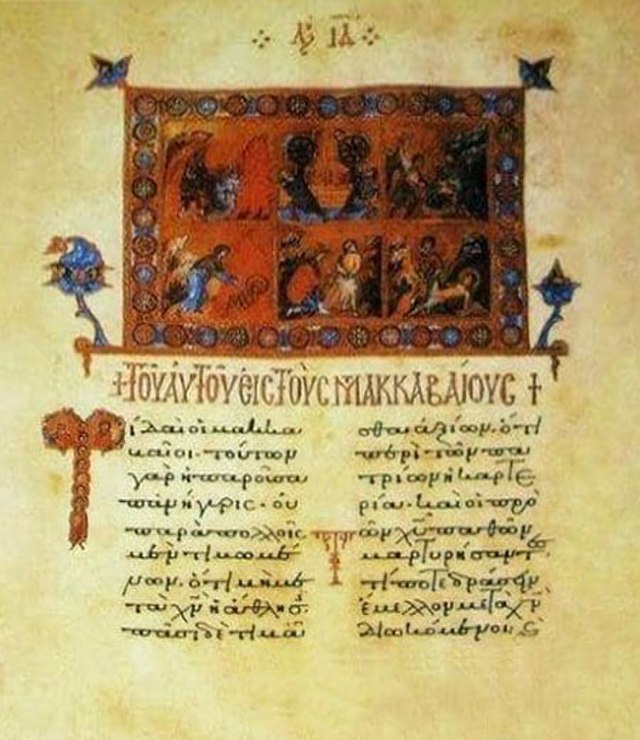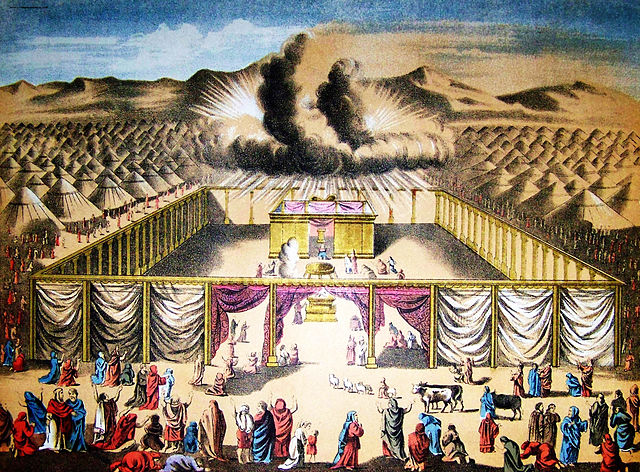Introduction The Pseudepigrapha, a collection of ancient Jewish and Christian texts not included in the biblical canon, offer invaluable insights into the religious, cultural, and historical contexts of the biblical world. Even though they are not considered canonical Scripture, studying the Pseudepigrapha can enhance our understanding of the Bible and the world it emerged from. This article will explore the Pseudepigrapha’s nature, contents, and their value for Bible readers.
What Are the Pseudepigrapha? “Pseudepigrapha” refers to a wide-ranging collection of Jewish and Christian writings composed between the 3rd century BCE and the 2nd century CE. These texts, excluded from the Hebrew Bible or the Christian Old and New Testaments due to uncertainties about their authorship, authenticity, or doctrinal content, are typically pseudonymous, attributed to renowned biblical figures or ancient authors, even though they were likely penned by others.
Contents of the Pseudepigrapha The Pseudepigrapha include a variety of literary genres and themes: apocalyptic literature, testaments, wisdom literature, and expansions of biblical narratives. Prominent examples include the Book of Enoch, the Testament of Abraham, the Apocalypse of Baruch, and the Life of Adam and Eve. These texts present alternative views on biblical events, explore theological concepts, and offer moral guidance within the context of ancient Jewish and Christian communities.
The Value of the Pseudepigrapha for Bible Readers Despite not being considered canonical Scripture, the Pseudepigrapha offer a wealth of context and information that can augment our understanding of the Bible. Here’s why Bible readers should find the Pseudepigrapha valuable:
- Historical Context: These texts offer glimpses into the religious, cultural, and political settings of the biblical world, helping us understand the complexities of the biblical narrative better.
- Literary and Theological Diversity: The Pseudepigrapha showcase the rich diversity of ancient Jewish and Christian thought, enabling us to understand diverse interpretations of and engagement with Scripture.
- Influence on Biblical Interpretation and Tradition: These texts have significantly impacted biblical interpretation and religious tradition, informing many aspects of Jewish and Christian theology.
Conclusion While not part of the biblical canon, the Pseudepigrapha offer a wealth of ancient wisdom and context that can greatly enhance our understanding of the Bible. Studying these texts can help us appreciate the richness of the sacred texts that have shaped our faith and understanding of the world.
Discussion Questions
- How can engaging with the Pseudepigrapha enhance our understanding of the historical, cultural, and theological contexts of the biblical world?
- Considering the literary and theological diversity of the Pseudepigrapha, how can these texts broaden our understanding of the diverse ways ancient Jewish and Christian communities interpreted and engaged with Scripture?
- How have the Pseudepigrapha influenced the development of Jewish and Christian theology and tradition? Can you identify any ideas or themes from the Pseudepigrapha that have had a lasting impact on biblical interpretation?
Further Resources
- “The Old Testament Pseudepigrapha” by James H. Charlesworth: This two-volume set is a comprehensive collection of Pseudepigrapha, offering English translations of these fascinating texts.
- “The Pseudepigrapha and Christian Origins” by Gerbern S. Oegema and James H. Charlesworth: A collection of essays discussing the influence of Pseudepigrapha on early Christianity.
- “Beyond the Bible: Moving from Scripture to Theology” by I. Howard Marshall: This book explores how non-canonical texts like the Pseudepigrapha can provide valuable context and insights for biblical interpretation.
- “Jewish Literature between the Bible and the Mishnah” by George W. E. Nickelsburg: A guide to early Jewish literature, including the Pseudepigrapha, and their historical and religious contexts.




